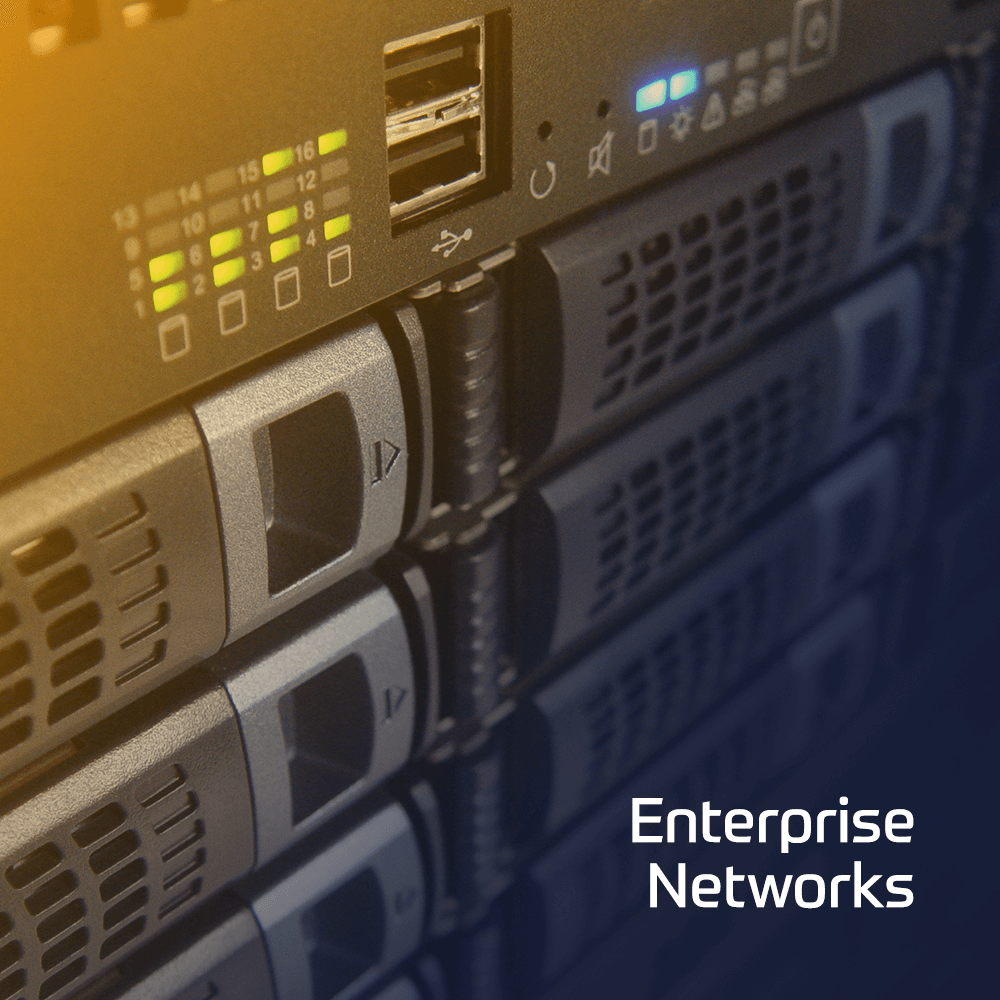The Implementing and Operating Cisco Enterprise Network Core Technologies (ENCOR) v1.3 training provides to you the knowledge and skills needed to install, configure, operate, and troubleshoot an enterprise network and introduces you to overlay network design by using SD-Access and SD-WAN solutions. You’ll also learn to understand and implement security principles and automation and programmability within an enterprise network.
Contact Us
We would love to hear from you. Please complete this form to pre-book or request further information about our delivery options.
 Duration
Duration 5 Days
 Delivery
Delivery (Online and onsite)
 Price
PricePrice Upon Request

43 excl. VAT
- Examining Cisco Enterprise Network Architecture
- Exploring Cisco Switching Paths
- Implementing Campus LAN Connectivity
- Building Redundant Switched Topology
- Implementing Layer 2 Port Aggregation
- Understanding EIGRP
- Implementing OSPF
- Optimizing OSPF
- Exploring EBGP
- Implementing Network Redundancy
- Implementing NAT
- Introducing Virtualization Protocols and Techniques
- Understanding Virtual Private Networks and Interfaces
- Understanding Wireless Principles
- Examining Wireless Deployment Options
- Understanding Wireless Roaming and Location Services
- Examining Wireless AP Operation
- Implementing Wireless Client Authentication
- Troubleshooting Wireless Client Connectivity
- Implementing Network Services
- Using Network Analysis Tools
- Implementing Infrastructure Security
- Implementing Secure Access Control
- Discovering the Basics of Python Programming
- Discovering Network Programmability Protocols
- Implementing Layer 2 Port Aggregation
- Discovering Multicast Protocols
- Understanding QoS
- Exploring Enterprise Network Security Architecture
- Exploring Automation and Assurance Using Cisco DNA Center
- Examining the Cisco SD-Access Solution
- Understanding the Working Principles of the Cisco SD-WAN Solution
- Entry- to mid-level network engineers
- Network administrators
- Network support technicians
- Help desk technicians
Knowledge and skills you should have before attending this training:
- Implementation of Enterprise LAN networks
- Basic understanding of Enterprise routing and wireless connectivity
- Basic understanding of Python scripting
- Examining Cisco Enterprise Network Architecture
- Exploring Cisco Switching Paths
- Implementing Campus LAN Connectivity
- Building Redundant Switched Topology
- Implementing Layer 2 Port Aggregation
- Understanding EIGRP
- Implementing OSPF
- Optimizing OSPF
- Exploring EBGP
- Implementing Network Redundancy
- Implementing NAT
- Introducing Virtualization Protocols and Techniques
- Understanding Virtual Private Networks and Interfaces
- Understanding Wireless Principles
- Examining Wireless Deployment Options
- Understanding Wireless Roaming and Location Services
- Examining Wireless AP Operation
- Implementing Wireless Client Authentication
- Troubleshooting Wireless Client Connectivity
- Implementing Network Services
- Using Network Analysis Tools
- Implementing Infrastructure Security
- Implementing Secure Access Control
- Discovering the Basics of Python Programming
- Discovering Network Programmability Protocols
- Implementing Layer 2 Port Aggregation
- Discovering Multicast Protocols
- Understanding QoS
- Exploring Enterprise Network Security Architecture
- Exploring Automation and Assurance Using Cisco DNA Center
- Examining the Cisco SD-Access Solution
- Understanding the Working Principles of the Cisco SD-WAN Solution
- Entry- to mid-level network engineers
- Network administrators
- Network support technicians
- Help desk technicians
Knowledge and skills you should have before attending this training:
- Implementation of Enterprise LAN networks
- Basic understanding of Enterprise routing and wireless connectivity
- Basic understanding of Python scripting

 Finland
Finland Germany
Germany Denmark
Denmark Sweden
Sweden Italy
Italy Netherlands
Netherlands Norway
Norway 


























